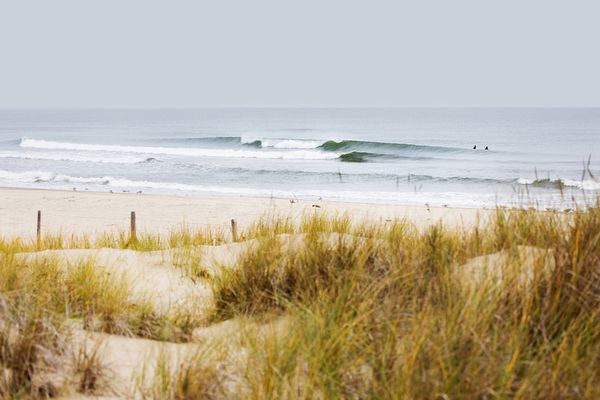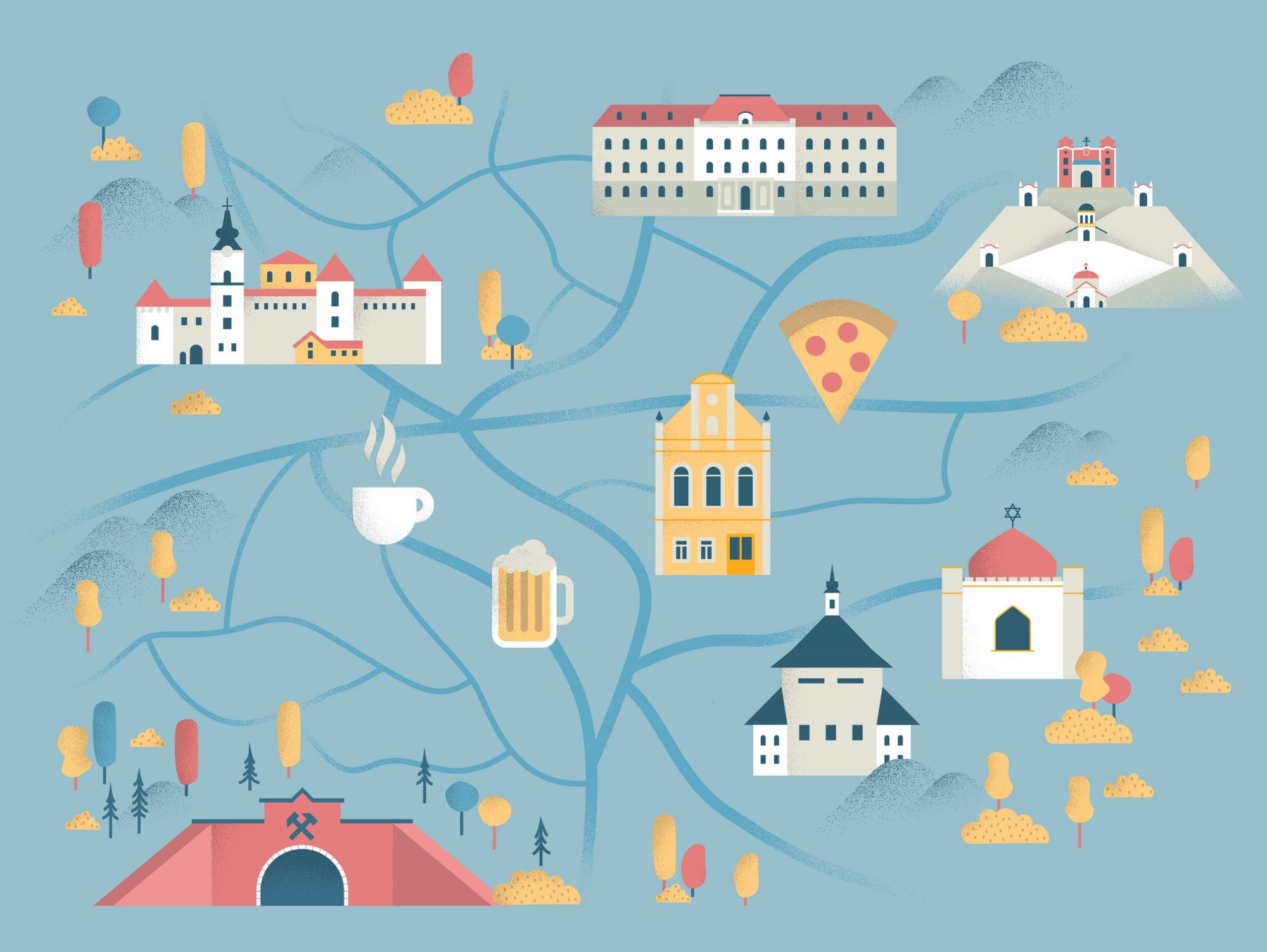It’s wondrous, exciting, and right in our neighborhood. Here come all the hidden marvels of Banská Štiavnica.
Banská Štiavnica situated on the territory of today’s Slovakia preserves the important events of long centuries: this is where gunpowder was first used in mining, and this where the world’s first technical tertiary educational institution operated, too. This is where Sándor Petőfi studied, and where Kálmán Mikszáth completed the last two years of secondary school. The landscape inspired Tivadar Csontváry Kosztka, and Latinovits’ Szindbád would have looked a lot different in Huszárik’s movie if it weren’t shot in Banská Štiavnica. This is where writer Lola Kosáryné Réz, the translator of “Gone With the Wind” and Kossuth award-winning actress Elma Bulla was born. Banská Štiavnica has formed part of the UNESCO World Heritage since 1993, and for good reason.
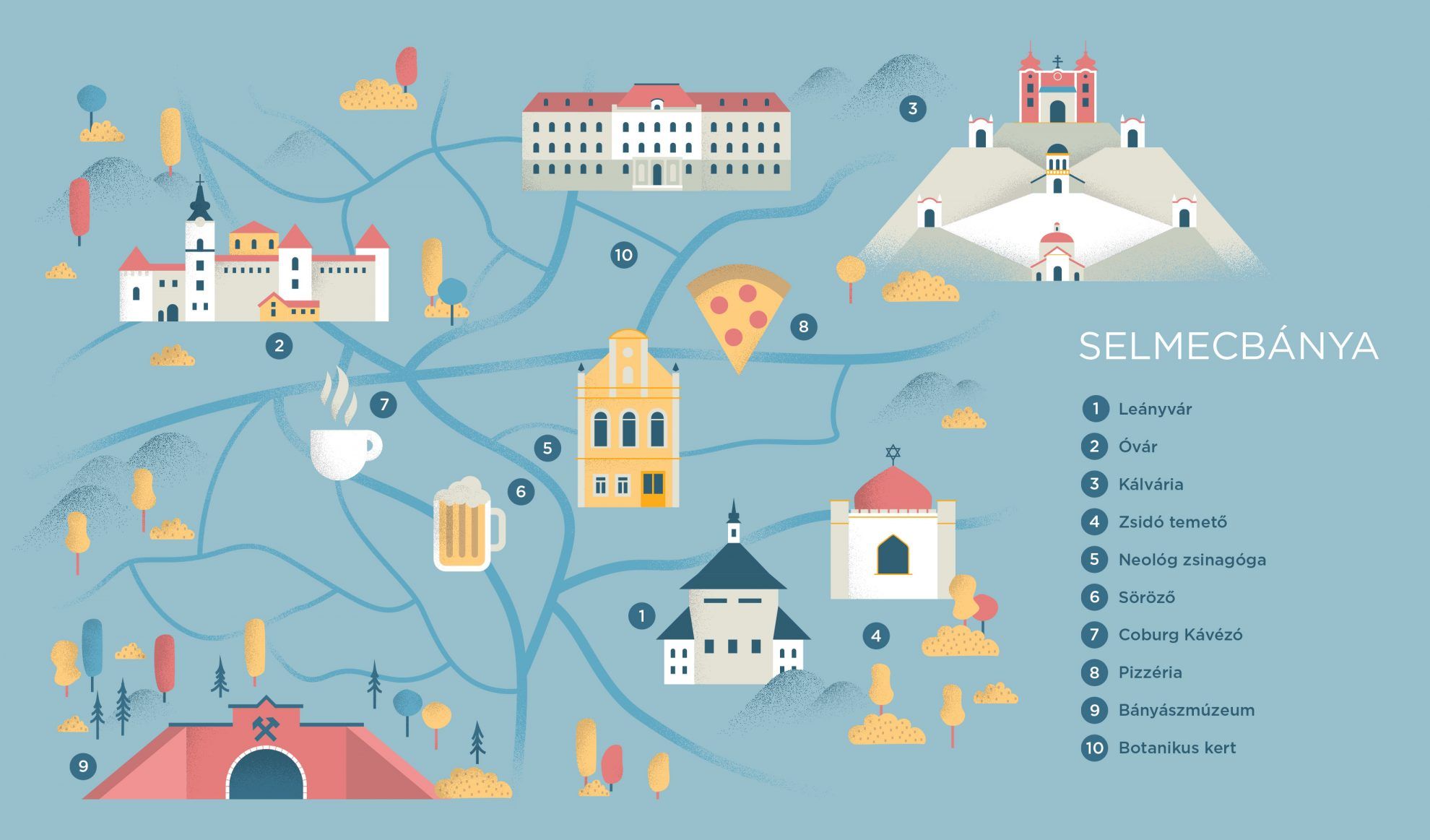
1) Maiden’s Castle
The Maiden’s Castle located on one of the southern hills of the town is one of the most renowned symbols of the same. The building served the purpose of protecting the town dwellers from the Turks, and the legend of the “witch of Maiden’s Castle”, Borbála Rösselis also related to it. Legend says, a gallows used to stand in the place of the castle, however, the progeny of an old mining family in Banská Štiavnica, the daughter of Lőrinc Rössel named Borbála could not stand seeing the gallows, and after his father’s death, she spent her huge fortune on building the new castle. The six-story, Renaissance tower was built between 1564 and 1571, and its corners were reinforced with circle-shaped bastions. Over her life, Borbála had three husbands, and owing to her profligate way of life and her haughtiness, she irked the ire of the residents of the town, and according to records, finally she died poor. On top of it all, there was a storm on the day of her funeral, the superstitious servants dropped her coffin and ran to the four winds, and Borbála’s body was torn apart by dogs.
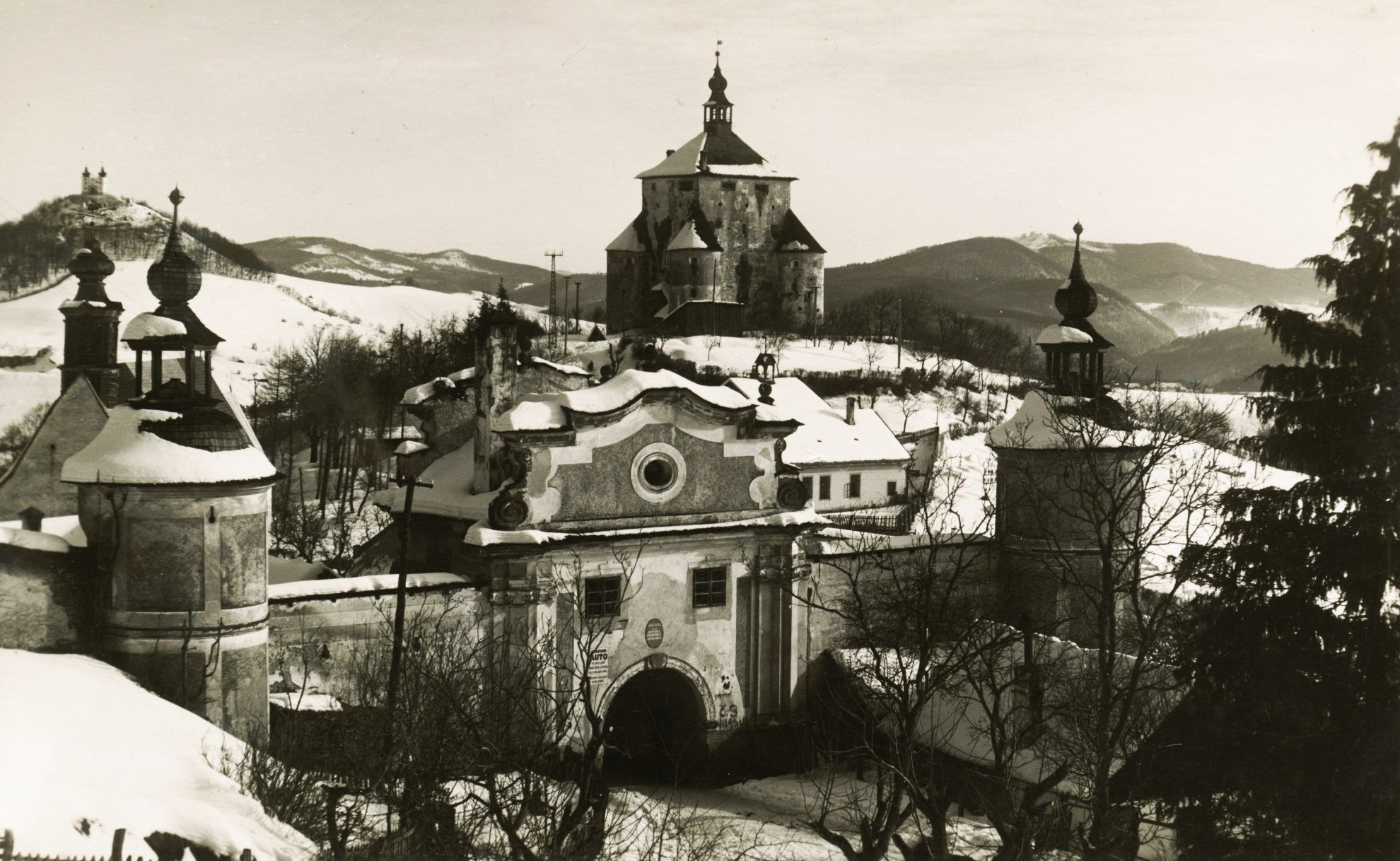
2) Old Castle
The castle in Banská Štiavnica hides its origins well: in the beginning, it wasn’t a fortress, but a church built to honor Virgin Mary. The Saxon silver miners of Banská Štiavnica built a three-nave, Roman columnar on the elevation in the thirteenth century. After the earthquake of 1443, the church was severely damaged, and it was rebuilt in Gothic style between 1497 and 1515. This was the church that was transformed into a fortress to help the fight against the Turks: the nave was transformed into a courtyard, the chancel was transformed into a castle chapel and the side aisles were turned into barracks and storage areas. They built an observation tower at the four corners of the structure, and surrounded the church with a wall. After the Turkish threat was gone, several parts of the building were rebuilt in Baroque style. It has been functioning as a museum since 1900: visitors can see various exhibitions, a pipe collection, a smithery and a lapidarium.
3) Calvary
One of the most important landmarks of the former mining town is the Calvary located at Scharfenberg hill. Here, as opposed to regular calvaries, Jesus’ way of sorrows is not presented by twelve stations, but by seventeen. The construction of the special structure was initiated by Ferenc Perger, the leader of the local Jesuit community: he managed to convince the habitants of the town to sponsor the construction works of the Calvary. The coats of arms of the sponsors can still be seen today on the facades of the chapels. The most spectacular element of the Calvary built between 1745 and 1751 is the two-tower German church rising to the sky on the top. The Hungarian church is located in the middle, while the Slovak church is at the foot of the hill. It was an important place of pilgrimage until 1951, and is visited by many even today.

4) Jewish cemetery
The cemetery of the Jewish community was established in the hillside of New Castle in the nineteenth century. The first Jewish families settled down in Banská Štiavnica around 1868. In previous centuries, Jews were prohibited by law from moving to mining cities. In 1869, 93 Jews were registered in the town, for whom Marek Welmard established a house of worship in the same year near the Roman Catholic parish of the time, in a private house. A small, Moorish structure welcomes visitors at the entrance of the cemetery, this is the Ciduk Hadin (meaning: “the house of grief”/”the house of sorrow”). Visitors can find mainly German and Hebrew markings on the various graves, but there are a few Hungarian and Slovakian signs, too.
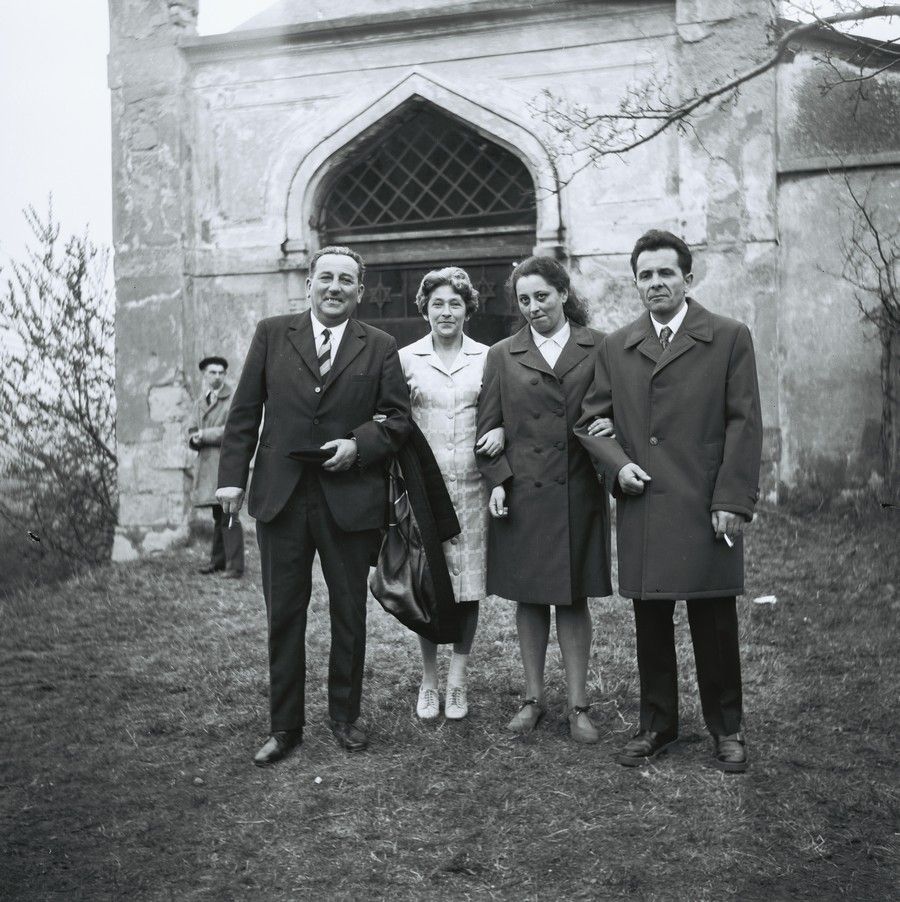
5) Neolog synagogue
The Jewish community living in Banská Štiavnica purchased the lot giving home to the neolog synagogue today in 1890. The characteristic, triangle-shaped lot used to have two residential buildings on it. The construction of the new house of worship is associated with the name of Jakub Hell, who not only worked a lot on building the synagogue, but also on founding the Jewish school, opened in 1883. The synagogue was completed in 1893, in Neoclassicist style. A separate entrance and gallery was built for women in the building. The Jewish community could use the house of worship until 1941.
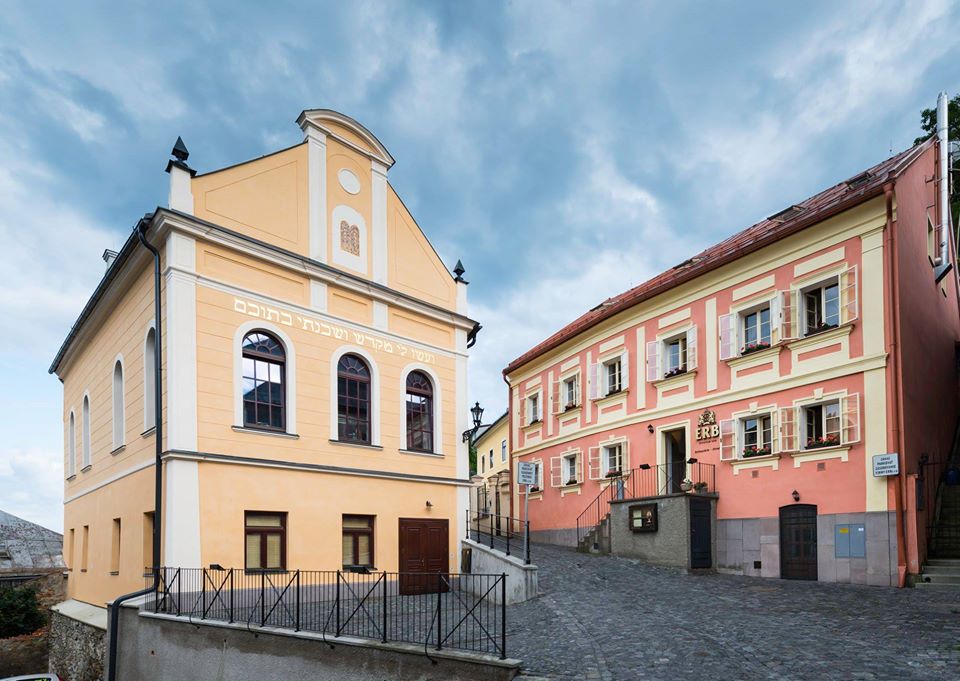
6) Erb beer pub
Banská Štiavnica was not only well-known for mining, but for its local beers, too: ten breweries operated in the town in the Middle Ages. The owner of Erb Pub, frequently referred to as the culinary center of the town, acquired an old brewery at the village of Vihnye near Banská Štiavnica in the nineties, and transformed it to meet the requirements of today, at the same time releasing his own brand, the Steiger. Out of the fourteen large Slovakian breweries, only three managed to survive: Dutch-owned Zlatý Bažant, Japanese Asashi and Steiger. One cannot only taste beer, but can also have lunch or dinner in the brewery located next to the neolog synagogue.
7) Coburg café
If you’d like to have a coffee and eat something tasty, but you’re not looking for the delicacies of traditional Slovakian cuisine, Coburg might be the perfect choice. Coffee and hamburger will be served for sure, and one can also ask for extra versions of the latter, such as the hamburger served in a black bun, with onion chutney and cheddar cheese, or the one made with halloumi cheese and cranberry sauce. Of course, you can also have a pulled pork sandwich, some seasonal main courses and soups, too. Kofola and beer is inevitable.
8) Pizzeria
Visitors can find several catering units in Kammerhofská street, but with Kahelman guesthouse, you can kill multiple birds with a single stone: you can stay for a night, you can taste traditional dishes in the restaurant, and you can also enjoy Italian cuisine in the pizzeria. The guesthouse transformed from a residential house was built in the 17th century, and is a popular accommodation owing to its location, where in addition to sleeping, eating is a must, too.
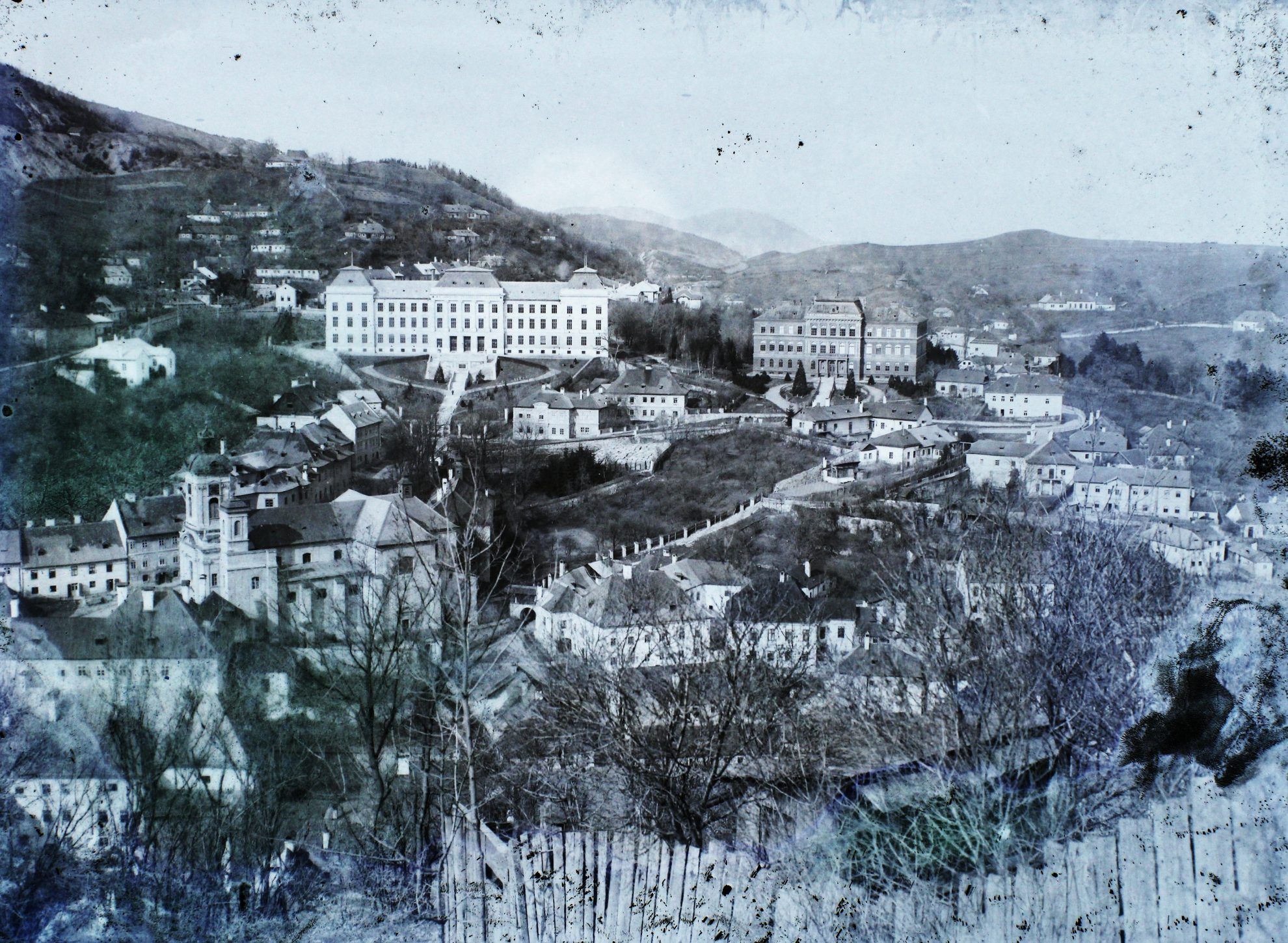
9) Mining museum
The Mining Museum lies at an approx. 1 kilometer distance from the center, in the southern part of the town. The Slovakian Mining Museum located above the former Medieval mines was established in 1964, by merging the Town Museum and the National Mining Museum. This museum gives home to the oldest and most detailed mining exhibition in Slovakia, encompassing both the history of surface and deep mining of metal ores, as well as the equipment and machinery used for the same. The Slovakian Mining Museum was established in 1964, by merging the Town Museum and the National Mining Museum.
10) Botanical garden
We didn’t want to believe it either, but the first technical tertiary educational institution of the world was opened in Banská Štiavnica: this was the Academy of Mining and Forestry. Its predecessor, the Tertiary Training Institute for Mining Officers was called to life by Maria Theresa in 1735. In the beginning, the building only gave home to mining-metallurgy training, but later on it was expanded with an institute of forestry, too. At the turn of the 20th century, the academy had more and more students and so they outgrew the buildings located in the city and needed a new campus: this is how the three new buildings of the academy were built in the botanic garden, in a neo-Renaissance style. The school had a rich collection and library, electric lightning was ensured by their own generator, and the students could learn in well-equipped laboratories, in an unmatched environment. The botanical garden still open to visitors today gives home to redwoods and Japanese cedars.
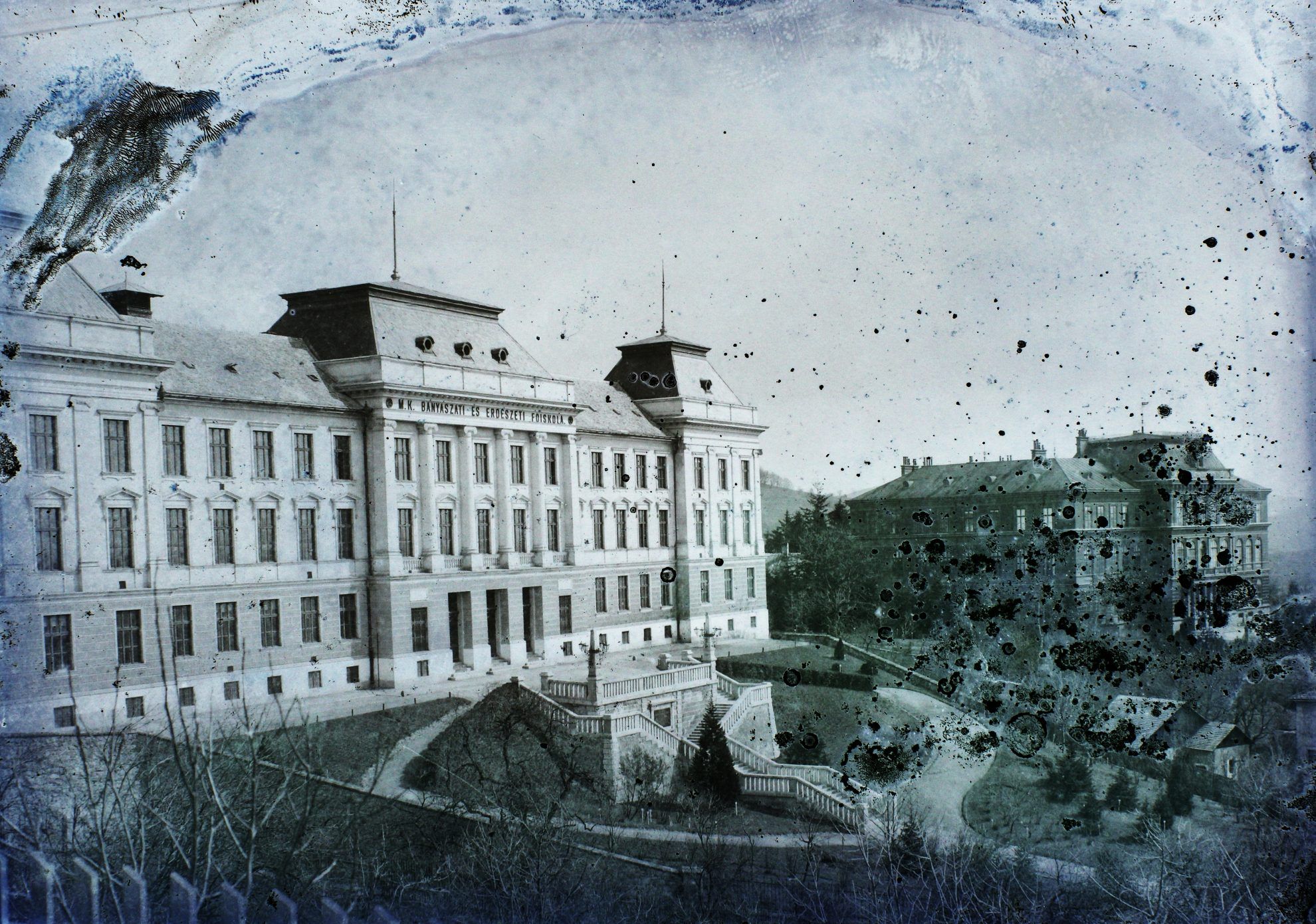
Illustrations: Róbert Farkas
In our series titled EAST COMPASS, we explore the exciting cities of the Central-Eastern European region on the axis of the past and the present, in a special visual presentation.

Granola from a designer bowl | Ábel Lakatos x Hester's Life

HIGHLIGHTS | Bottled up in minimal
